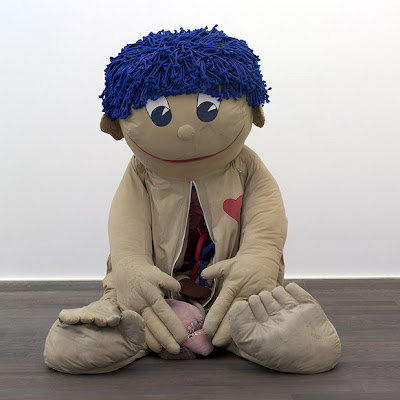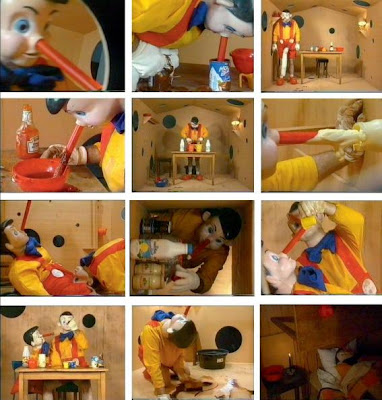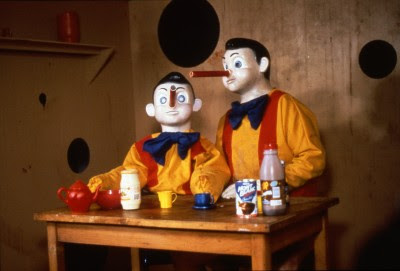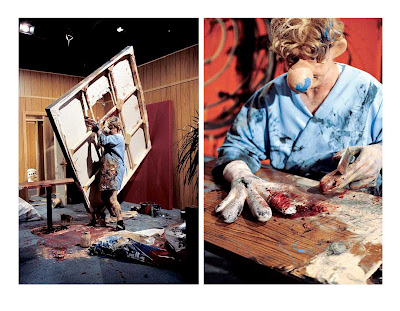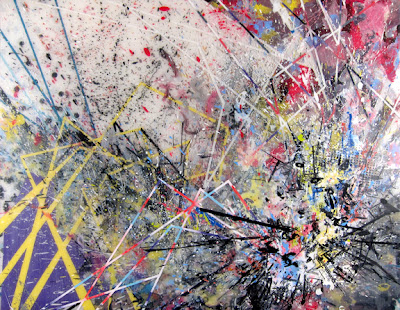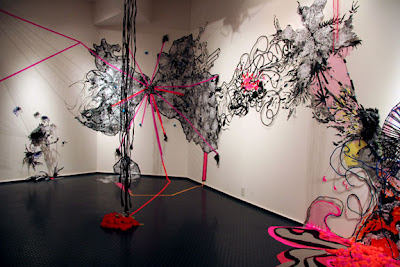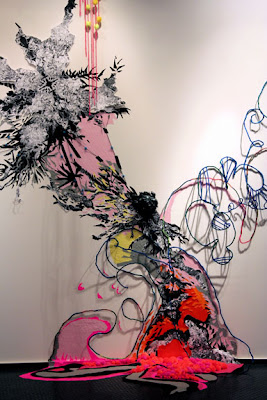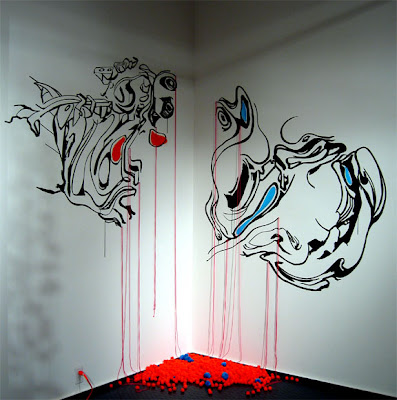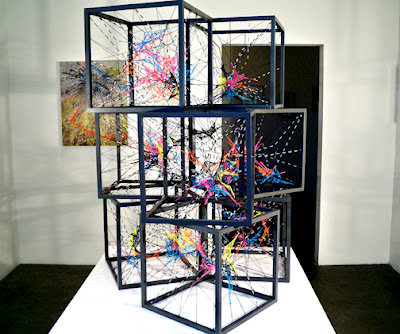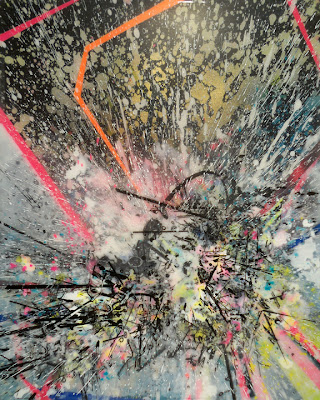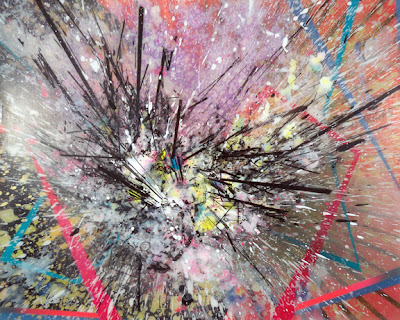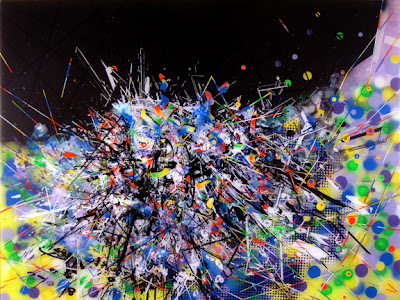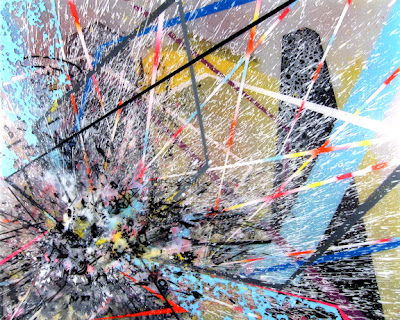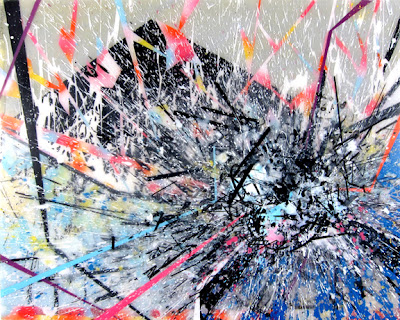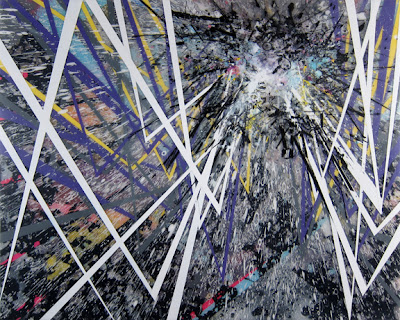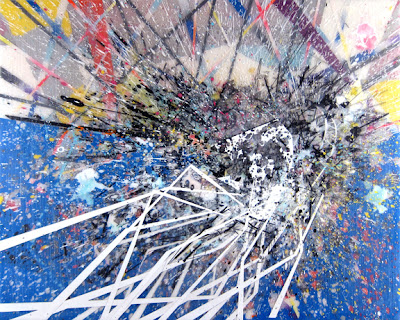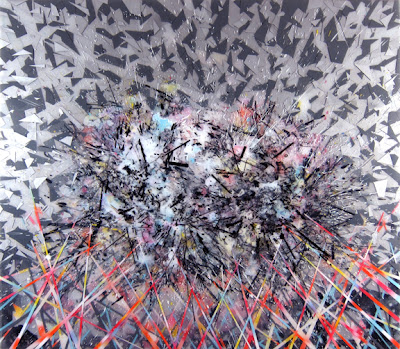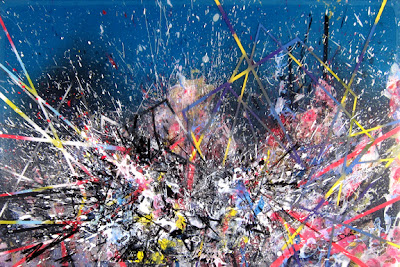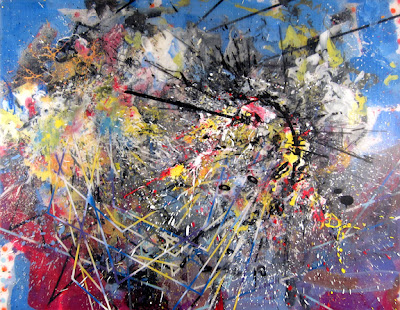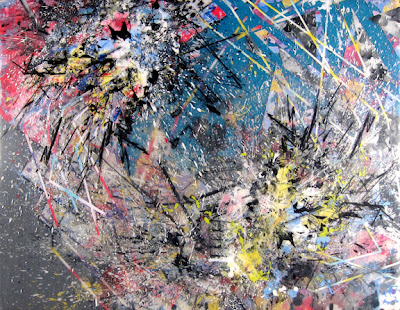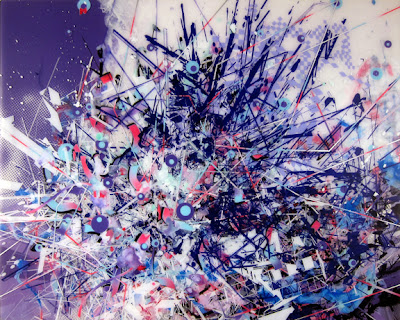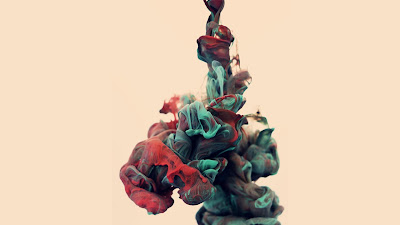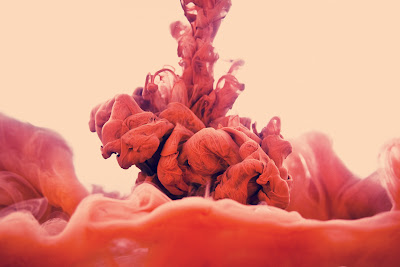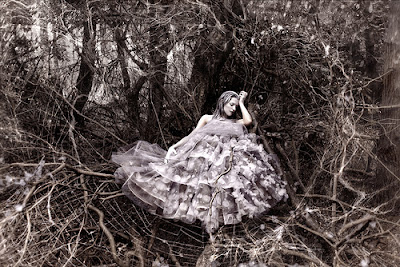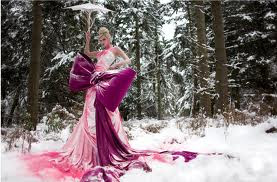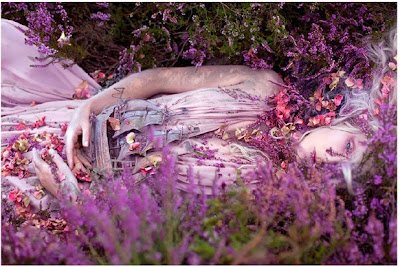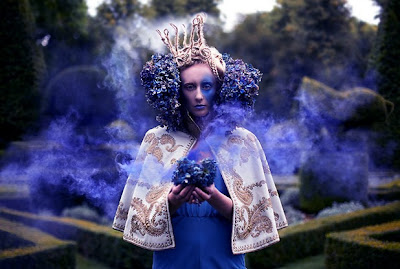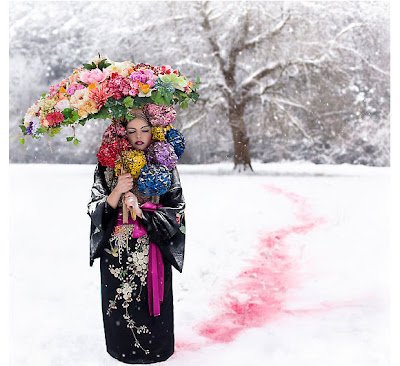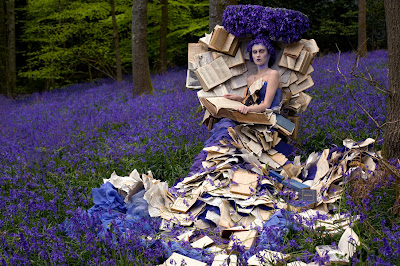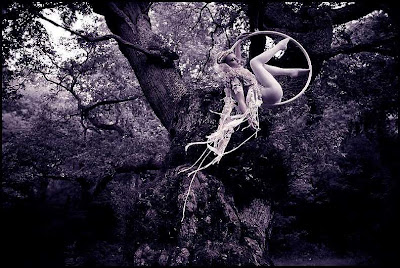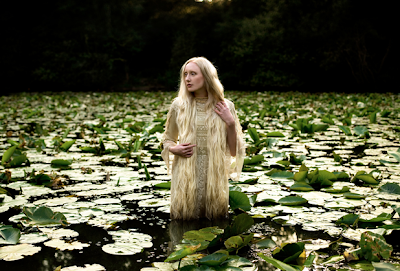At times both bawdy and philosophical, Paul McCarthy’s works in performance, photography and sculpture play with the dichotomy of interiors and exteriors.
In Children’s Anatomical Figure (1990 ca), McCarthy presents, as a readymade, an instructional doll that embodies and gratifies this yen to see into the void along with another of his other favorite motifs. As viscera spill out of its riven torso, the figure grins cartoonishly: it is a perfect companion to McCarthy’s renditions of archetypal characters like Pinocchio, Popeye, and Father Christmas.
Children’s Anatomical Figure it also reveals and reverses the sanitization of violence and bodily functions that adults typically enforce for Young audiences. The sanguine figure offers its lolling kidneys and drooping entrails, while also revealing the macabre in the childlike desire to see and explore the insides of things.
Le opere di Paul McCarthy si interrogano sul confine tra interno ed esterno e sono caratterizzate da un senso dell’eccesso che combina oscenità e filosofia, intrattenimento e violenza.
In Children’s Anatomical Figure (1990 ca), McCarthy presenta una bambola che appaga la nostra smania di vedere l’interno del corpo e incarna un altro dei suoi temi preferiti: i personaggi-archetipi. La figura, con un ampio sorriso da fumetto mentre dal suo ventre squarciato fuoriescono le viscere, si accompagna perfettamente ad altre sue rappresentazioni: Pinocchio, Braccio di Ferro e Babbo Natale, personaggi ritratti in video e performance in cui queste tipiche figure dell’immaginario infantile sono trasformate in creature dagli istinti più perversi.
Children’s Anatomical Figure rivela e rovescia l’edulcorazione con cui gli adulti trattano la violenza e le funzioni corporali quando si rivolgono ai più giovani. La bambola, con i suoi reni penzolanti e le viscere flosce, ci rivela il lato macabro nel desiderio infantile di vedere ed esplorare i segreti delle cose.


